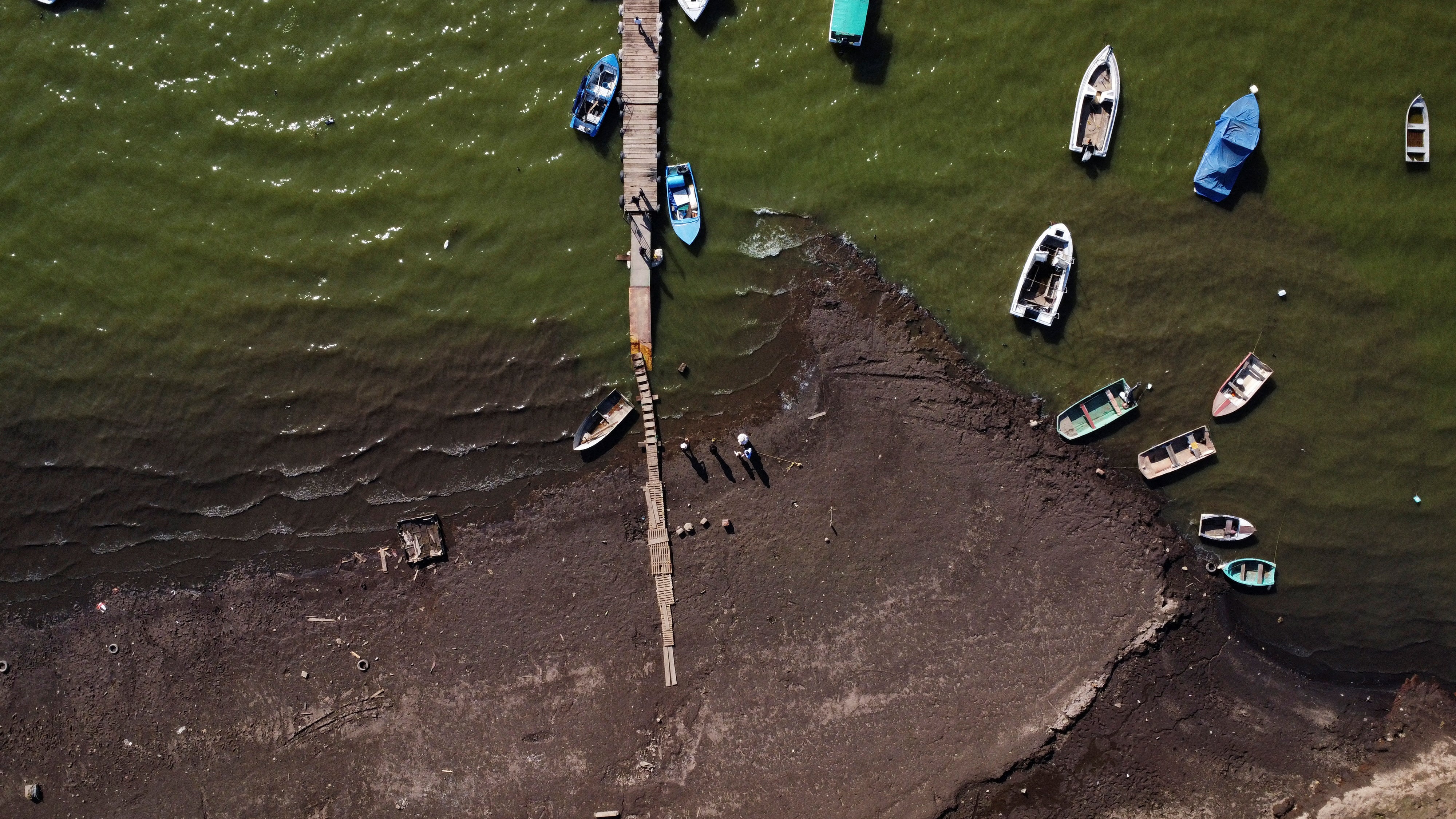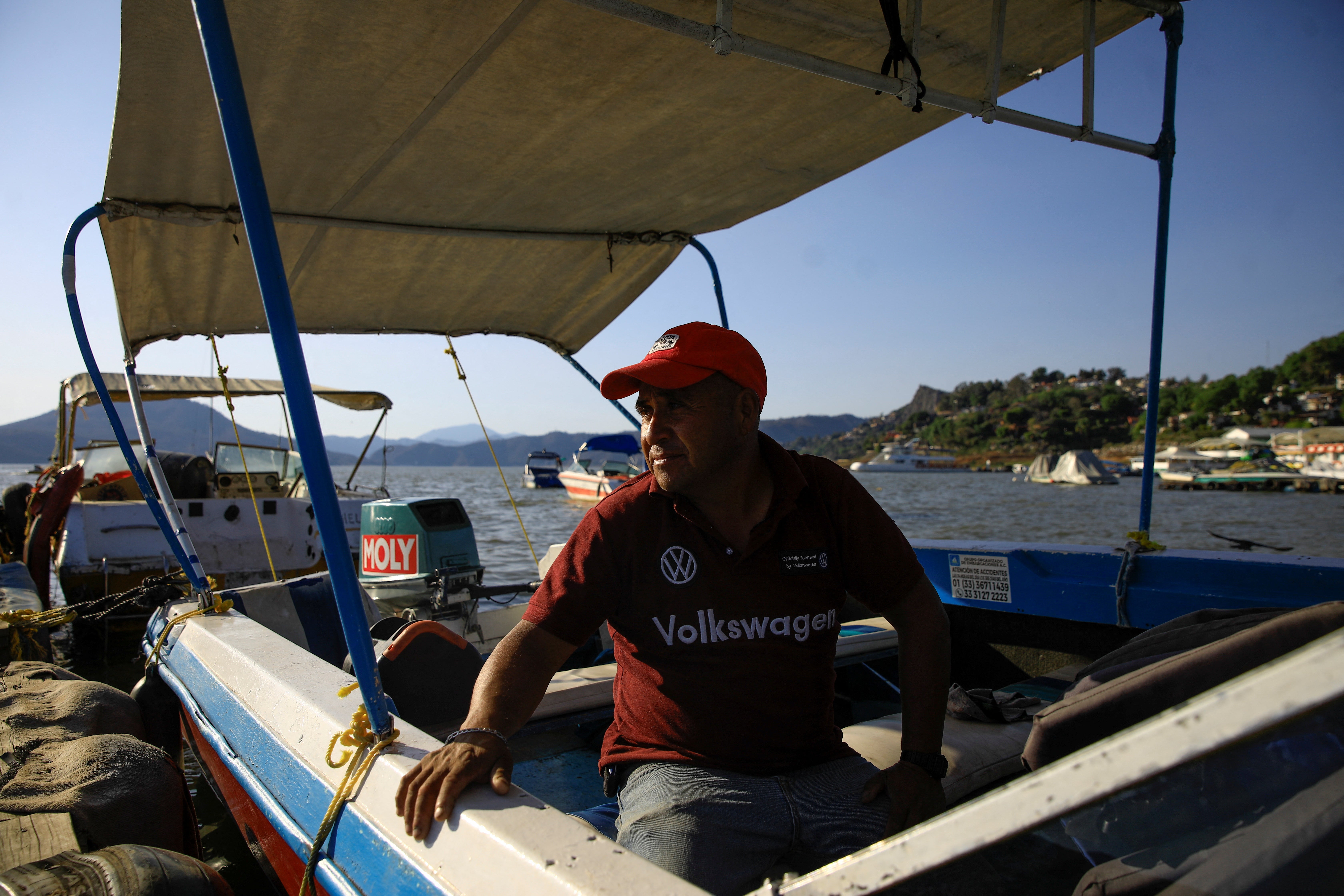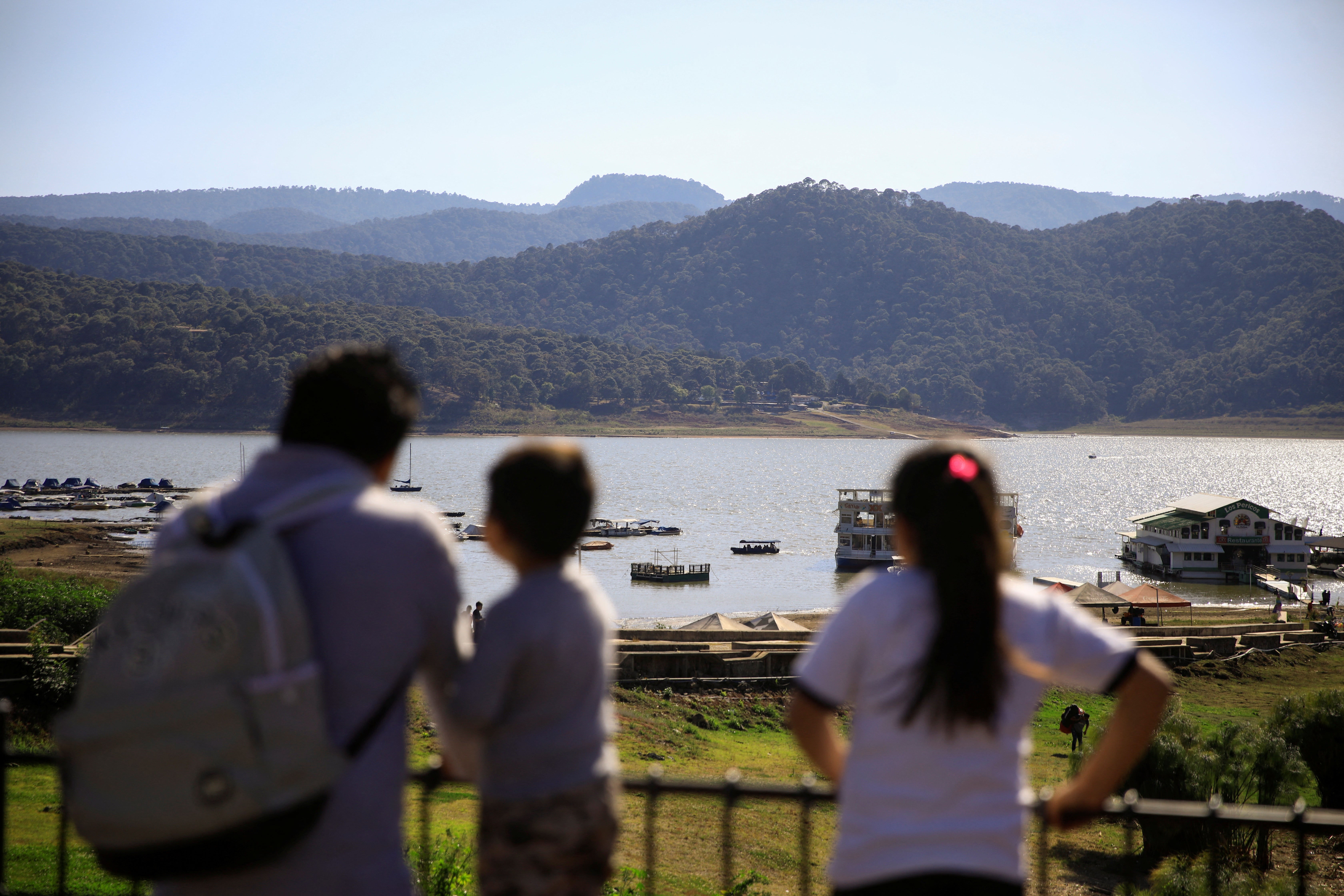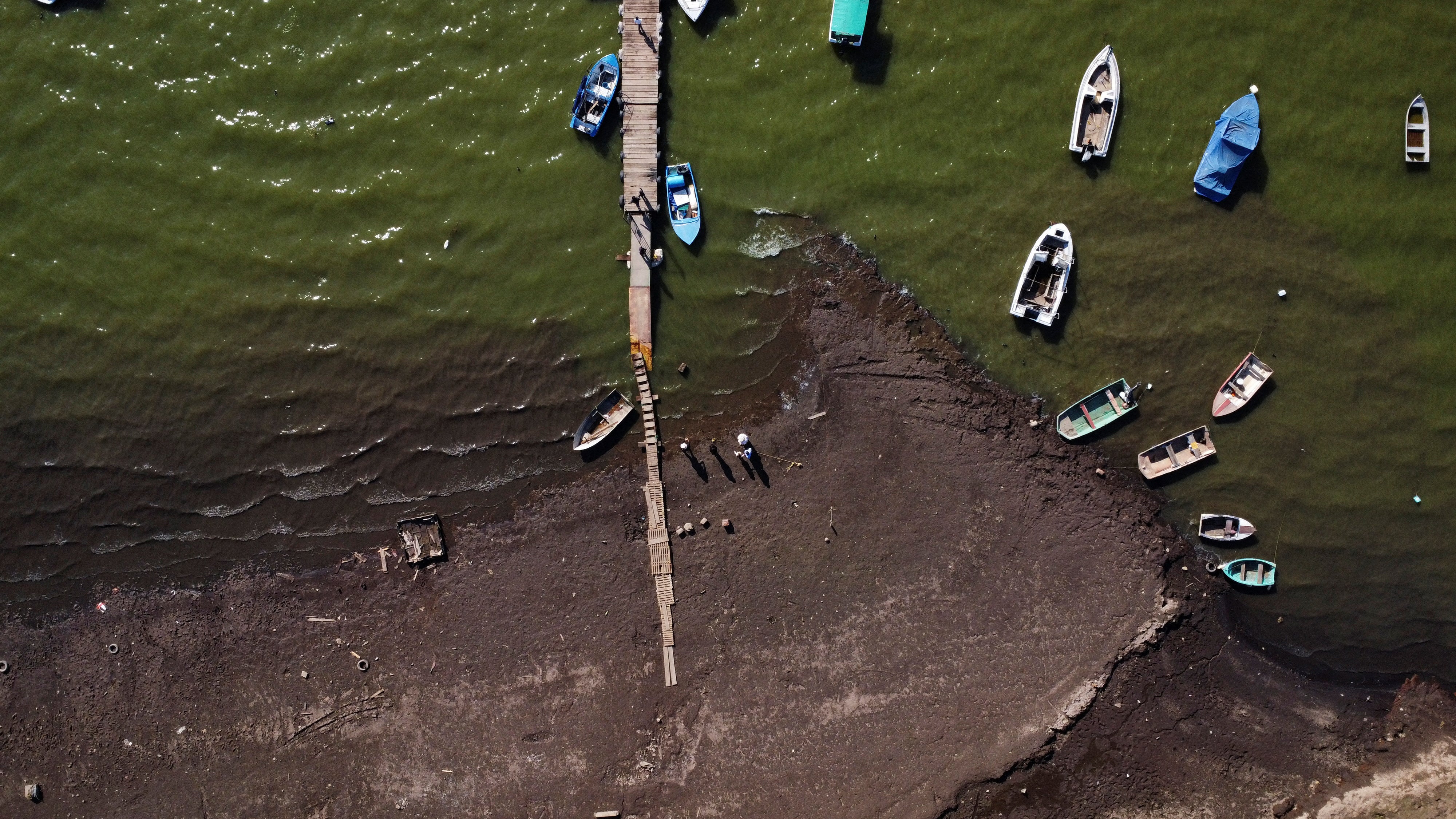Private lakes for Mexico’s rich and famous as the rest of the country dries out
There are hundreds of full artificial lakes and dams across Mexico, many just for show

Your support helps us to tell the story
From reproductive rights to climate change to Big Tech, The Independent is on the ground when the story is developing. Whether it's investigating the financials of Elon Musk's pro-Trump PAC or producing our latest documentary, 'The A Word', which shines a light on the American women fighting for reproductive rights, we know how important it is to parse out the facts from the messaging.
At such a critical moment in US history, we need reporters on the ground. Your donation allows us to keep sending journalists to speak to both sides of the story.
The Independent is trusted by Americans across the entire political spectrum. And unlike many other quality news outlets, we choose not to lock Americans out of our reporting and analysis with paywalls. We believe quality journalism should be available to everyone, paid for by those who can afford it.
Your support makes all the difference.The shores of the giant dam in Valle de Bravo, a popular weekend spot for Mexico City’s rich and famous, have turned to cracked, dry mud.
Mario Garcia, a boat driver of more than 30 years, pointed to a red truck in the distance about 100 meters away and says that’s where the shores used to begin. The dam is at less than 32% of its capacity, a historic low, according to available government data, experts and local officials.
Valle de Bravo’s dam feeds the Cutzamala System, a network of infrastructure that is the source of water for about 6 million people two hours away in Mexico City and the surrounding area. It is dealing with a sharp decline in its levels as it strains to quench a growing population amid dwindling rainfall.
Meanwhile, there are hundreds of full artificial lakes and dams, including some that serve no other purpose than aesthetic enhancement, in the sprawling walled properties belonging to the upper echelon of Mexican society all around the area, according to the city’s municipal president and local residents.
Like many who earn money from tourism, Garcia’s income has dropped considerably as the dam’s levels are too low to take tourists out skiing or even the daily fishing that used to provide for his family.

As some neighborhoods in Mexico City have been without water for weeks, these private bodies of water in Valle de Bravo have emerged as a symbol of inequitable access that angers many people in the tourism-reliant community.
The flashpoint comes as tensions around water scarcity increase across Mexico, with heavy water users such as factories and high-end tourist resorts coming under scrutiny. Protesters from Valle de Bravo this month blocked traffic near offices of Mexico’s National Water Commission (Conagua) in Mexico City.
To be sure, there are other factors contributing to the water woes. Years of dwindling precipitation, rapid development and deforestation have drained local rivers, streams and waterfalls which lead to the dam.
Progressively lower rainfall puts Valle de Bravo’s dam under unsustainable pressure - with a deficit of 12.8% last year during drought conditions sparked by La Nina climate phenomenon, said Jorge Ramirez-Zierold, a researcher at the National Autonomous University of Mexico.
In the nearby community of Acatitlan, the natural spring El Crustel, an important source of drinking water, has about half the flow it did 40 years ago, local people told Reuters, blaming diversions on residents using excessive amounts to water their grass or gardens.

“I wish (private lakes) didn’t exist,” said Eduardo Maza, a member of the local organization Communities Organized for Water (COA). “But if they do exist, they should be done properly and without harming others.”
When responsibly managed, private lakes and dams can increase biodiversity by attracting birds and animals, according to Jose Rosas, a permaculture expert who has designed systems for many of the area’s ranch owners.
“I’m not telling you that they don’t have bad points, surely they do,” said Rosas, who estimates private lakes account for less than 1% of the dam’s capacity. “But the environmental benefits are much greater.”
It’s difficult to calculate the impact these private bodies of water have on the community’s resources, according to Michelle Nunez, the municipal president of Valle de Bravo.
She showed Reuters pages of satellite images her office has compiled of hundreds of lakes on private properties, which she said have been shared with Conagua.
There are no permits or authorizations for these bodies of water, Nunez said. She wants owners of private lakes to submit to inspections to prove they are capturing rainwater and not illegally diverting local sources.
“It is very selfish ... to have those lakes at those levels when there are families that depend 100% on income (from the dam) that are being extremely affected,” Nunez said.
Nunez added she cannot act without federal support from Conagua, which she said has done no studies and given no response to her complaints.

A spokesman for Conagua did not respond to multiple requests for comment for this story.
The Citizen Observatory of the Valle de Bravo basin, a local residents group, filed a petition in 2023 against Mexico’s government under the Commission for Environmental Cooperation (CEC), which oversees environmental issues in the North American trilateral trade pact.
For locals like Maza, who has spent his life working with the area’s water sources, change will be a major challenge, he said, especially when communication between rich property owners and local communities doesn’t exist.
“Either they arrive by helicopter or they arrive with six or seven trucks, and they pass by without stopping and don’t even notice anything,” Maza said.
Join our commenting forum
Join thought-provoking conversations, follow other Independent readers and see their replies
Comments